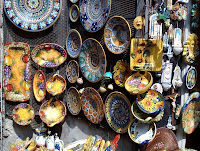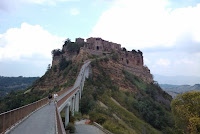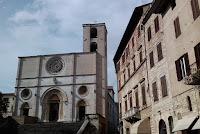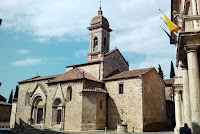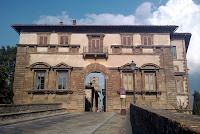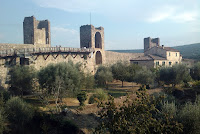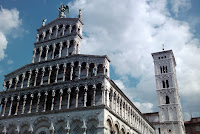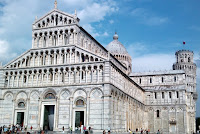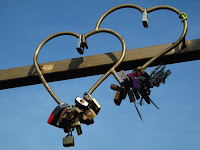 Today was the annual London Open Homes, and we once again enjoyed a look at various places in the City of London. This area has endless fascination, with its many historic buildings. We headed for a tour of the Bank of England, but a look at the queues quickly changed our minds, and instead started with the Butchers' Hall. This added to our interest kindled with previousl visits to various Livery Company Halls.
Today was the annual London Open Homes, and we once again enjoyed a look at various places in the City of London. This area has endless fascination, with its many historic buildings. We headed for a tour of the Bank of England, but a look at the queues quickly changed our minds, and instead started with the Butchers' Hall. This added to our interest kindled with previousl visits to various Livery Company Halls. 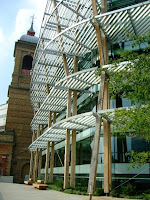 The Butchers have a number of links with New Zealand, which made it extra interesting. Apart from various Maori objects there was a glass screen designed by John Hutton of NZ and their Court Room was panelled in NZ beech.
The Butchers have a number of links with New Zealand, which made it extra interesting. Apart from various Maori objects there was a glass screen designed by John Hutton of NZ and their Court Room was panelled in NZ beech. We followed this visit with a walking tour led by a very knowledgeable City of London Guide. His knowledge of London's history, made the walk of alleyways very interesting as well as informative. We crossed the route of the Tour Of Britain cycle race twice during the walk.
We followed this visit with a walking tour led by a very knowledgeable City of London Guide. His knowledge of London's history, made the walk of alleyways very interesting as well as informative. We crossed the route of the Tour Of Britain cycle race twice during the walk. After a visit to a hotel with an amazing marble former Masonic Temple tucked away inside it, we set out on a self guided tour, which was perhaps the highlight of the Open Day for us. Broadgate is a new development within the Square Mile, full of sculptures, public areas, and a water feature. We found this such a fascinating contrast to all the historic areas we had previously visited.
After a visit to a hotel with an amazing marble former Masonic Temple tucked away inside it, we set out on a self guided tour, which was perhaps the highlight of the Open Day for us. Broadgate is a new development within the Square Mile, full of sculptures, public areas, and a water feature. We found this such a fascinating contrast to all the historic areas we had previously visited.
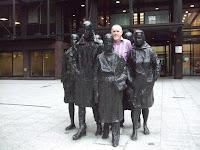
The day ended in a very different new public building – the O2, where we saw the show 'Ben Hur Live'. This was an attempt to recreate the epic story, first made into a film 50 years ago, into a stage production. Although the critics were damming with their faint praise, we thoroughly enjoyed it. The huge arena at the O2 was turned into village scenes full of people and interest, with entertainers and regular village activities; then the sea where the galley where Ben Hur served his sentence was attacked by pirates and finally into the Roman arena for the chariot race with 5 chariots, each drawn by 4 horses. It was really quite an amazing spectacle.









